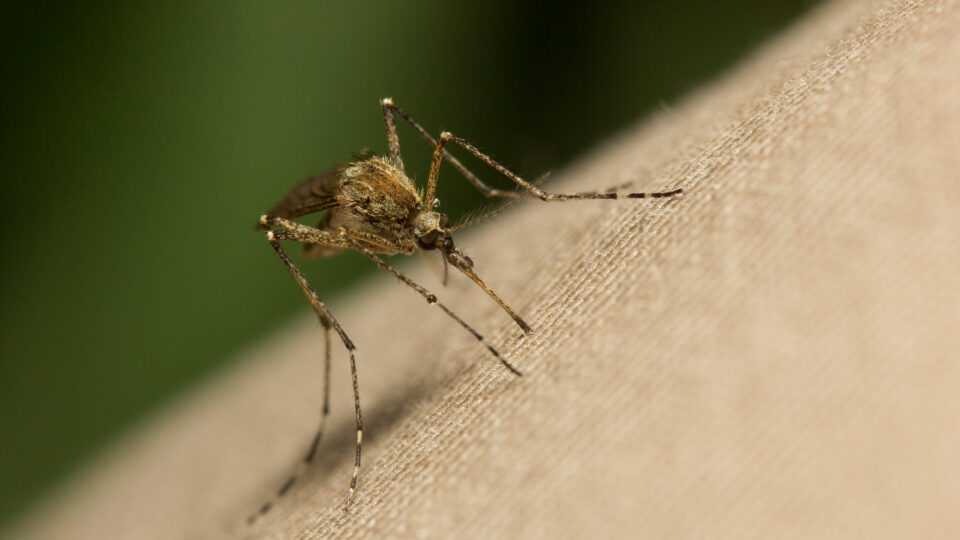We mostly think of air pollution as an outdoor problem. Common sources of air pollution include emissions from vehicles, byproducts of manufacturing and power generation, and smoke from wildfires. What we don’t often spend a lot of time thinking about is indoor air quality.
Indoor air pollution refers to harmful pollutants within buildings and structures, which can lead to a myriad of health issues. Sources of indoor air pollution include smoke from tobacco products, as well as volatile organic compounds (VOCs), including acetaldehyde and formaldehyde, emitted from things such as paints, cleaning products, plastics, and cooking.
A team of scientists from South Korea’s Yonsei University has developed a special coating that when applied to lampshades can convert pollutants into harmless compounds. Composed of titanium dioxide and a small amount of platinum, this thermocatalyst can be applied to the inside surface of a lampshade and is triggered to break down VOCs when warmed by the lamp’s existing incandescent or halogen bulb.
In lab tests, the coating was applied to the inside of an aluminum lampshade, warmed by a halogen bulb, and then placed into a sealed chamber containing air and acetaldehyde gas. The researchers found that the material quickly converted the gas into acetic acid, then into formic acid, and finally into carbon dioxide and water. The scientists are now looking for ways to extend the pollutant-destroying-lampshade concept to LED lightbulbs.
The findings offer a promising and eco-friendly solution to improve indoor air quality and reduce the health risks associated with prolonged exposure to VOCs.
**********
Web Links
Clever coating turns lampshades into indoor air purifiers
Photo, posted March 21, 2009, courtesy of Levent Ali via Flickr.
Earth Wise is a production of WAMC Northeast Public Radio






